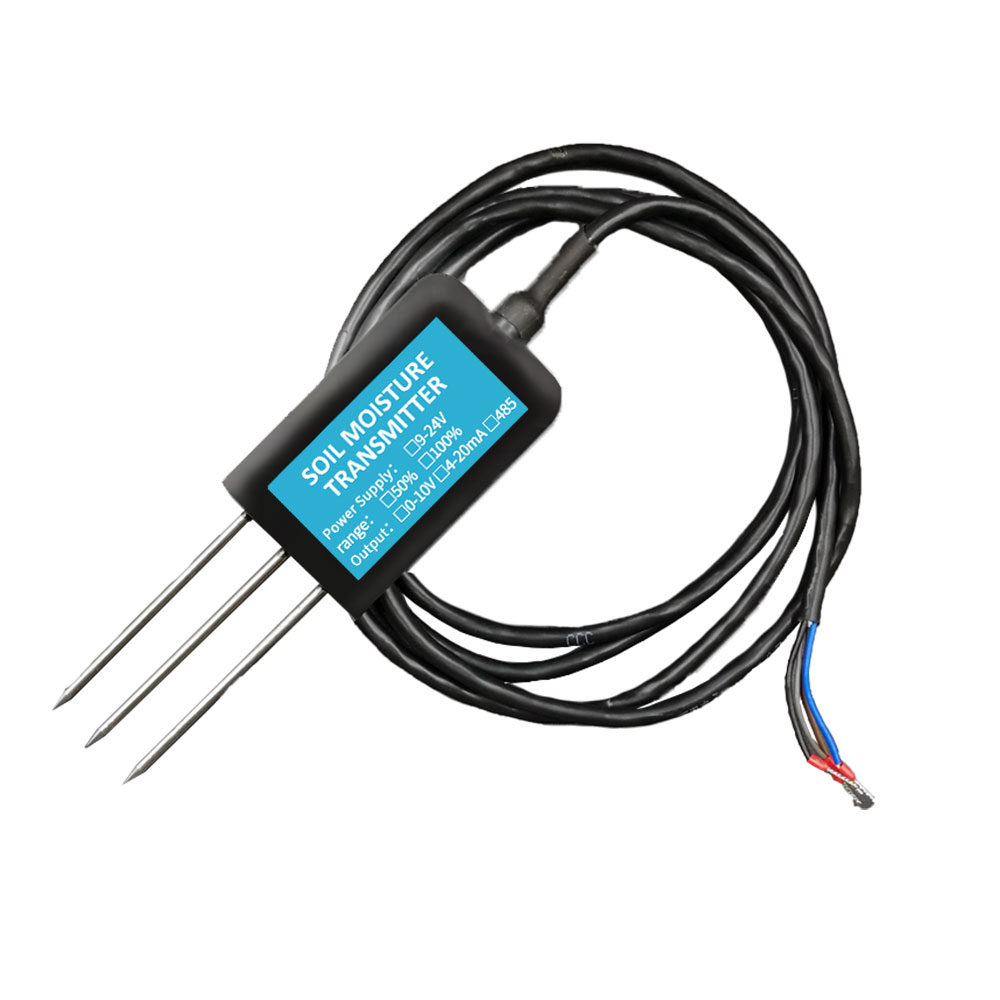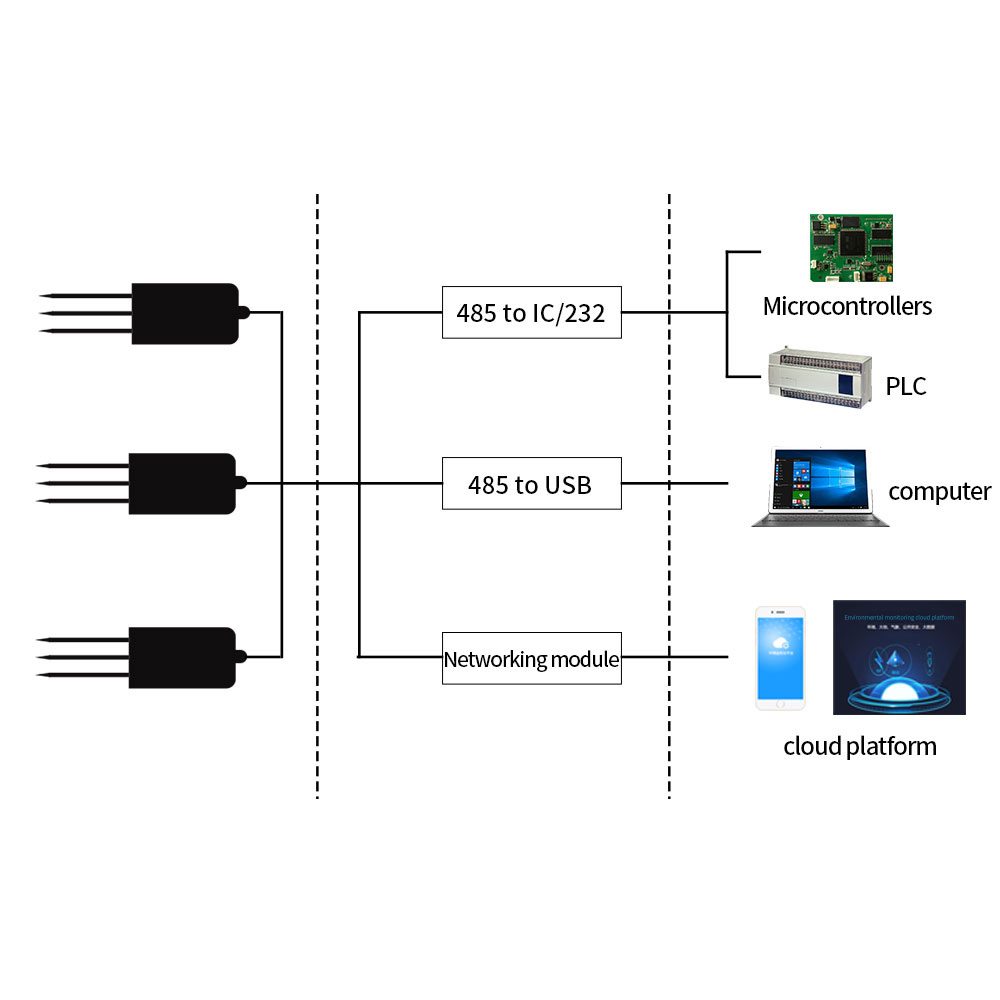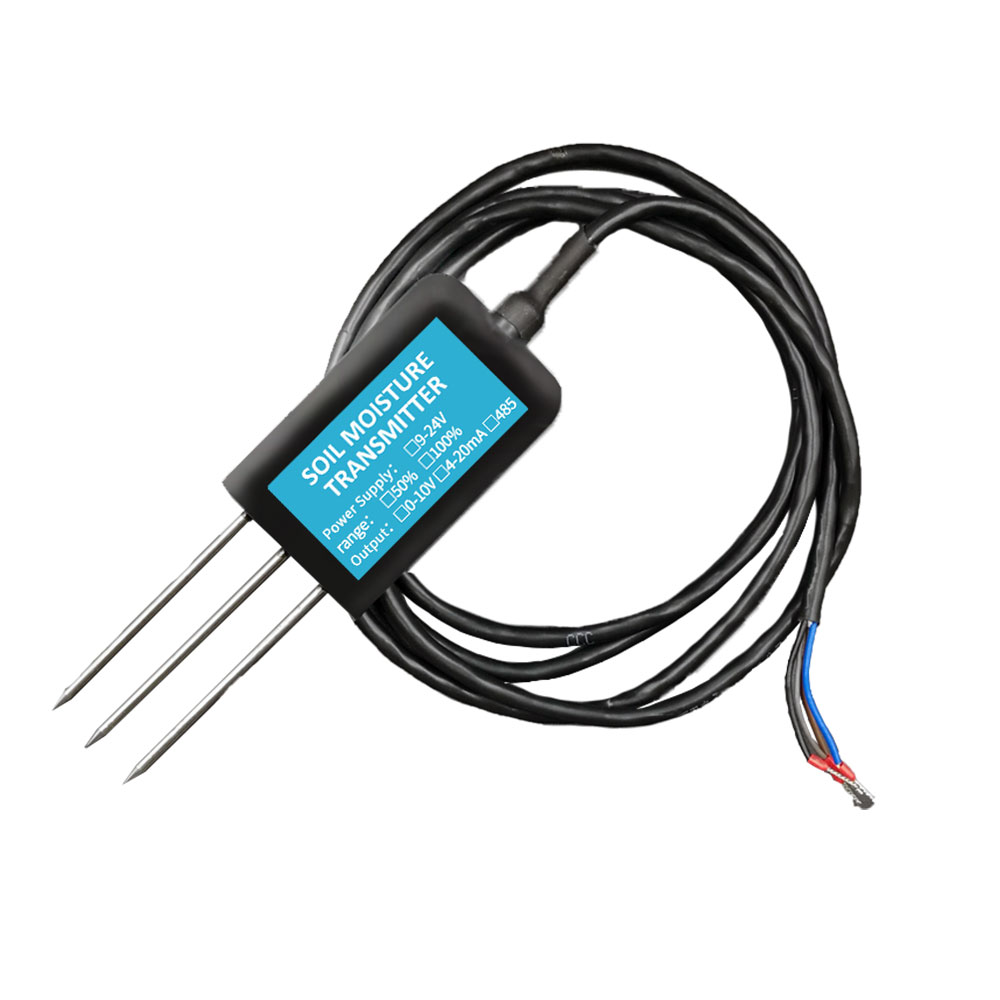In recent years, advancements in sensor technology have revolutionized various industries, and agriculture is no exception. Soil sensors, in particular, have emerged as a game-changer in crop management practices. These sensors provide real-time data on soil conditions, allowing farmers to make informed decisions about irrigation, fertilization, and overall crop health. This article explores the role of soil sensors in transforming crop management, highlighting their benefits, applications, and future prospects.

Understanding Soil Sensors:
Soil sensors are specialized devices that measure and monitor various parameters related to soil health and fertility. These parameters include moisture content, temperature, nutrient levels, pH value, and salinity. The sensors are embedded in the soil at different depths to collect data at multiple layers, providing a comprehensive picture of the soil profile. The data collected by these sensors is transmitted wirelessly to a central system for analysis and interpretation.
Optimizing Irrigation:
One of the primary benefits of soil sensors is their ability to optimize irrigation practices. Traditional irrigation methods often rely on fixed schedules or visual observations, leading to inefficiencies and overwatering. Soil sensors provide accurate information about soil moisture levels, enabling farmers to apply water precisely when and where it is needed. By avoiding under or over-irrigation, farmers can conserve water resources, reduce energy consumption, and improve crop yields.
Precision Fertilization:
Soil sensors play a crucial role in precision fertilization, ensuring that crops receive the right nutrients at the right time. By monitoring nutrient levels in the soil, these sensors help farmers determine the precise nutrient requirements of their crops. This allows for targeted fertilization, reducing the risk of nutrient wastage and environmental contamination. Additionally, soil sensors can detect nutrient deficiencies or imbalances early on, allowing farmers to take corrective measures promptly.

Managing Soil Health:
Maintaining soil health is vital for sustainable agriculture. Soil sensors provide ongoing monitoring of soil conditions, allowing farmers to assess key indicators such as pH levels and salinity. This information helps farmers identify soil degradation issues and implement appropriate soil management practices. By optimizing soil health, farmers can enhance crop productivity, reduce the need for chemical inputs, and promote environmental sustainability.
Crop Disease and Pest Management:
Soil sensors can also aid in crop disease and pest management. Certain soil parameters, such as temperature and moisture, play a significant role in the spread of plant diseases and pests. Soil sensors provide real-time data on these parameters, allowing farmers to identify conditions that may promote disease outbreaks or pest infestations. With this information, farmers can implement preventive measures promptly, reducing the risk of crop damage and minimizing reliance on chemical interventions.
Enhanced Decision-Making:
The data collected by soil sensors empowers farmers to make data-driven decisions. Analyzing soil sensor data over time helps farmers identify trends and patterns, enabling them to optimize their farming practices accordingly. For example, by analyzing historical soil moisture data, farmers can develop irrigation schedules that align with crop water requirements. The ability to access accurate and timely data enables proactive decision-making, leading to improved productivity and resource management.
Future Prospects:
The field of soil sensing is continuously evolving, offering exciting prospects for the future of crop management. Advances in sensor technology, such as miniaturization and cost reduction, are making soil sensors more accessible to small-scale farmers. Integration with other technologies like remote sensing and artificial intelligence holds the potential for even more sophisticated and automated crop management systems. These advancements have the potential to revolutionize farming practices, promoting sustainable agriculture and food security.
Conclusion:
Soil sensors have become a transformative tool in crop management, offering precise and real-time insights into soil conditions. With the ability to optimize irrigation, fertilization, and overall soil health management, soil sensors empower farmers to make informed decisions, conserve resources, and enhance crop productivity. As technology continues to advance, the future of soil sensing holds even greater promise, offering the potential for more sustainable and efficient farming practices. By embracing soil sensors, farmers can harness the power of data to drive agricultural innovation and promote a more resilient and productive food system.







